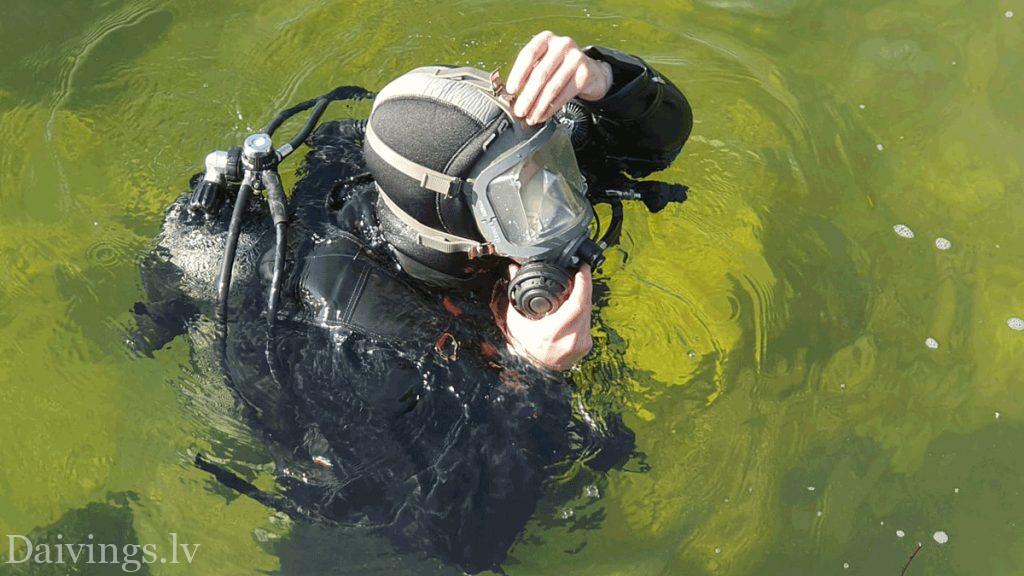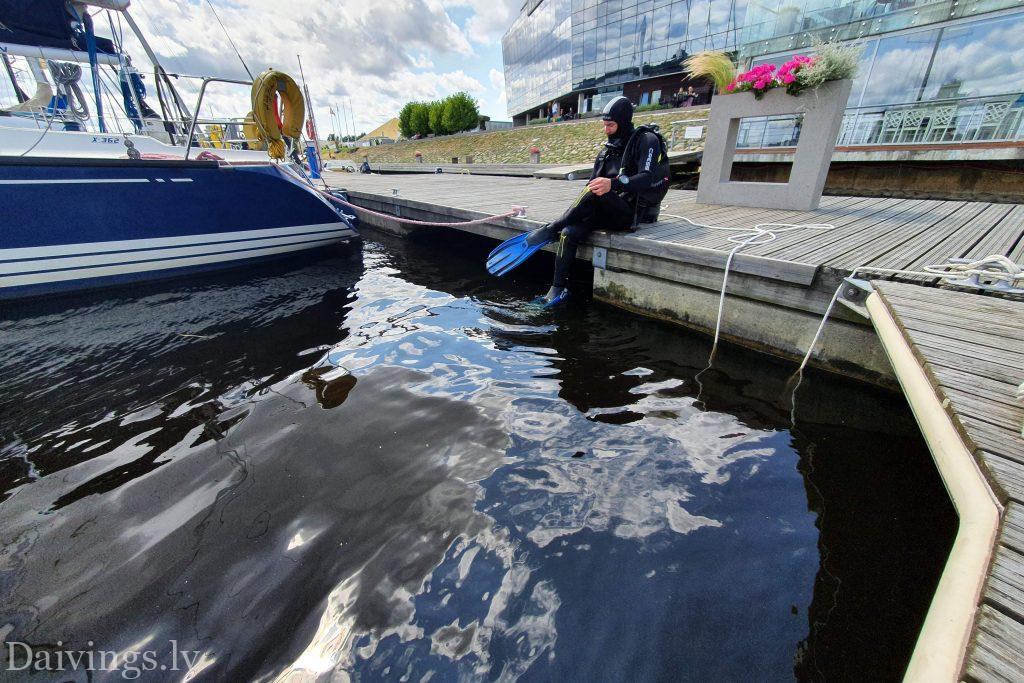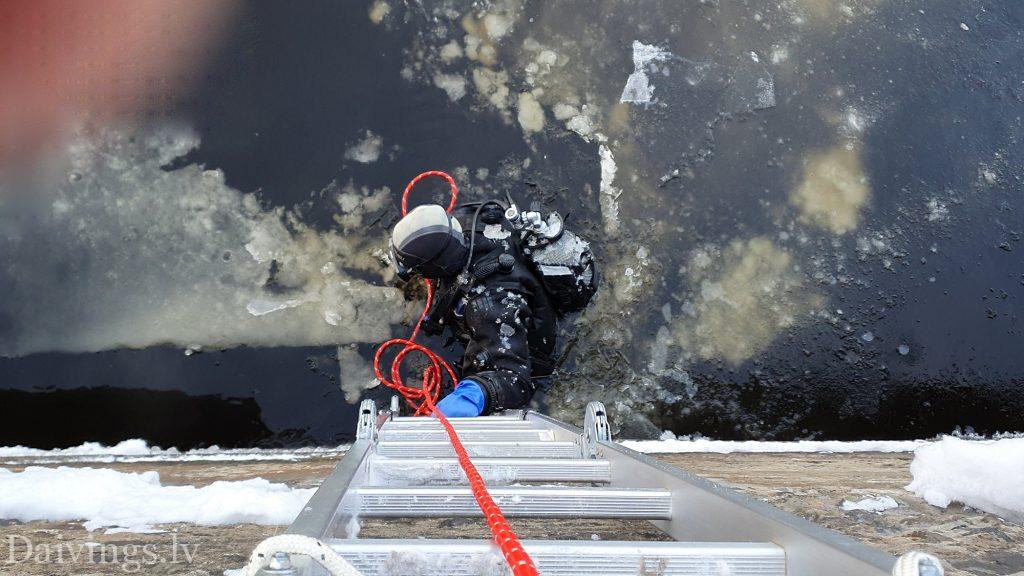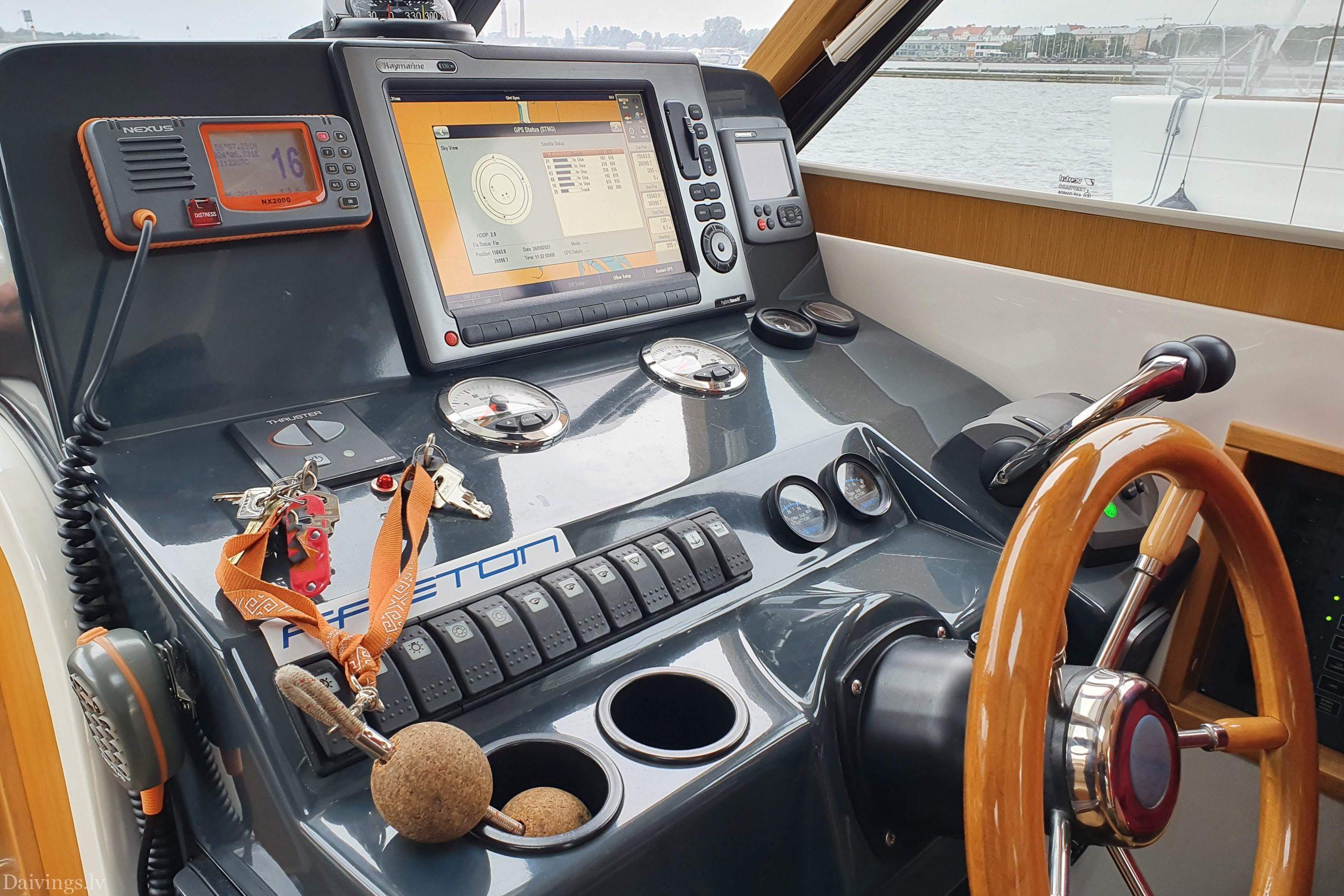The largest and most ambitious ocean cleanup project – Water surface treatment system – is in action! This massive system, which stretches 2.5 km in length, currently collects floating plastic pollution in the Great Pacific Garbage Patch, located between the states of California and Hawaii. In this article, we'll take a look at the new system, how it works, and the progress of the current mission.

New water surface technologies:
Water surface treatment system consists of two parts: hardware and software. The hardware is the physical system in the ocean, while the software is the computer models that tell where and how the system should be towed.
- Hardware: A 2.5 km long U-shaped barrage is towed by two ships that collect plastic from the ocean surface in a collection area. This area is five times the length of a school bus and accumulates plastic, which is later removed on board the ship, sorted and recycled.
- Software: Computer models based on satellite and ocean data help predict which areas have the highest accumulation of plastic, thereby optimizing the clean-up process. This approach allows the system to clean an area the size of a football field every 5 seconds.

Improvements and expansions:
Compared to the previous system, the system is three times larger, which allows cleaning much larger areas in less time. The safety of marine animals has also been improved - the system has 16 cameras and a special hatch in case an animal enters the system.
Mission and results:
The cleanup mission lasts 7 weeks during the spring and summer months, as winter weather conditions are too dangerous for operations of this scale. Since 2021, when waste collection with the 02 system was started, the amount of plastic collected has increased significantly - from seven tons in the first expedition to 45 tons in 2023. In 2024, the goal is to collect even more plastic, reaching 100 kilograms per hour. This amount would allow the Great Pacific Garbage Patch to be cleaned up within 10 years.
Conclusion:
Water surface treatment system is an impressive engineering feat that helps clean our oceans of plastic pollution. Thanks to new technologies and improved methods, System 03 is able to collect more plastic and clean the ocean more efficiently. In the future, it is also planned to increase the volumes of cleaning in order to achieve cleaner and healthier oceans.
Opportunities to get involved:
You can support Water surface treatment system activity by donating funds to the organization, informing others about its performance or calling on local governments to pay attention to the problem of plastic pollution and look for a solution.

Additional information and discussion points:
- Cleaning of rivers: Water surface treatment system not only cleans the oceans, but also tackles plastic pollution in rivers, which is the main source of plastic entering the ocean. They design and install Interceptors, barriers in rivers that collect plastic before it reaches the sea. Currently, several Interceptors are operating around the world, and it is planned to install 1,000 such barriers near the most polluted rivers in the world.
- Plastic recycling: Water surface treatment system cooperates with recycling companies to recycle the collected plastic and use it in the production of new products. For example, Kia Motors will use recycled plastic from Water surface treatment systems in its production of electric car parts.
- Challenges: There are several challenges in dealing with plastic pollution, such as microplastics, which are too small to be collected with current technology. It is also important to reduce the production of new plastic and introduce stricter rules for plastic waste management.
Discussion questions:
- What other technologies could help clean the oceans of plastic?
- How can we reduce our daily plastic consumption?
- What is the government's role in solving the problem of plastic pollution?

Latvian company Ltd. Dronelab offers several innovative methods for maintaining the quality of water reservoirs:
1. Coastline Mapping:
- Monitoring system can be used to carry out detailed mapping of the coastline, identifying areas of erosion, sources of pollution and areas of potential inundation. This information can help plan shoreline protection measures and prevent environmental degradation.
2. Water quality control:
- Purification system can be equipped with sensors that allow accurate determination of water quality indicators such as temperature, siltation level, algal bloom and oxygen content. This data can help identify sources of pollution and take timely measures to improve water quality.
3. Harvesting grasses and algae:
- Purification system can be used to autonomously harvest invasive aquatic weeds and algal blooms that can cause water quality degradation, oxygen depletion and fish kills. This method is efficient and more environmentally friendly compared to traditional methods that use chemicals or mechanical harvesting.
4. Removal of sponges and waste:
- Purification system can be equipped with grab devices that allow you to collect waste such as plastic bottles, bags and other floating objects from the surface and bottom of the water. This method helps to keep reservoirs clean and prevent pollution.
5. Measuring the depth of the water body:
- Drones can be used to make accurate water body depth measurements, which are important for hydrological studies, the construction of dams and other hydraulic structures, and flood risk assessment.
6. Inventory of fish stocks:
- Drones can be used to monitor fish stocks and their migration routes. This information can help fisheries management and ensure sustainable use of the fish resource.
7. Nature protection measures:
- Drones can be used to monitor bird nesting sites, animal migration routes and protected areas.exclamation This information can help preserve biodiversity and prevent environmental degradation.
Ltd. Dronelab offers customized water reservoir treatment programs according to the individual needs and goals of each client. Our experienced specialists will help you choose the optimal combination of technologies to ensure efficient and environmentally friendly treatment of water reservoirs.

